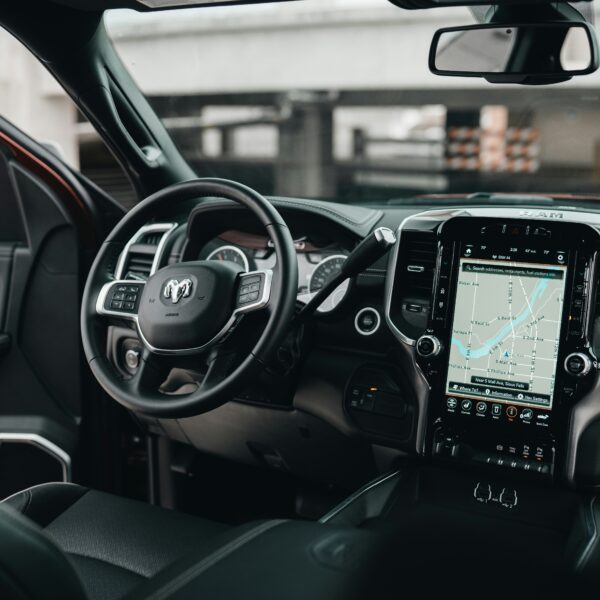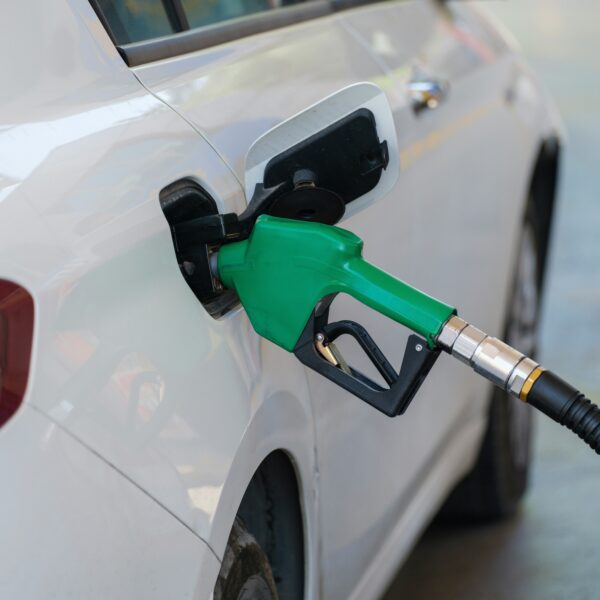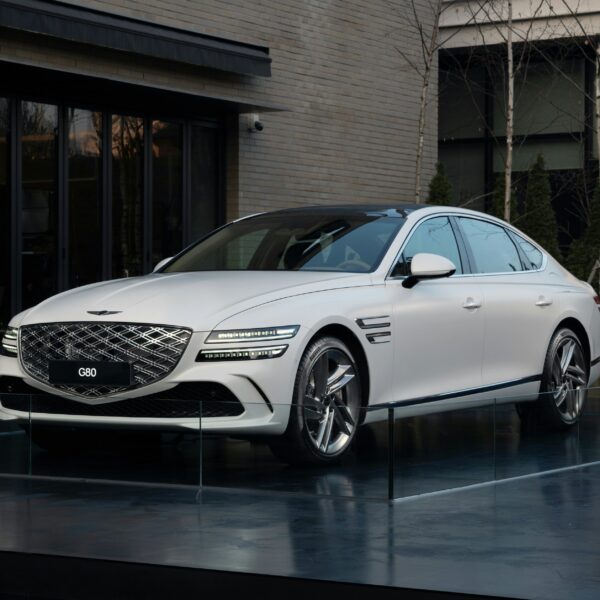What is Gap Insurance and How Can it Help You?
When the time comes to buy your first car, you will test drive several brands and models before settling on the best option. Just imagine getting behind the wheel of your first big purchase. Exciting, right? Even though buying a car is a memorable experience, the moment you drive your car off the lot your vehicle becomes a depreciating asset. It might seem discouraging but it’s inevitable. With that in mind, there are certain insurance policies that you can buy to help ease the loss in value – especially when accidents occur.
Insurance policies are draining. If you’re unfamiliar with the process, it can be difficult knowing the best way to shop for auto insurance. With several policies to choose from and countless insurance agencies, it is essential to find an insurer that compliments your budget and expected coverage. Whether you’re driving a used vehicle or the most reliable car on the market, acquiring good auto insurance is crucial – and adding gap insurance can make all the difference.
What is gap insurance?
Gap insurance is a type of auto insurance that bridges the “gap” between the amount owed on your auto loan and the value of your car after it is damaged, totaled, or stolen. When the balance owed is more than the current value of your vehicle, you will find yourself at a loss. After experiencing a wreck, the last thing you want to deal with is extra financial stress. Therefore, gap insurance provides coverage for the portion that will not be reimbursed by your insurance provider.
Let’s say you end up in a bad car accident. Your car is completely totaled, and you have no other option but to replace it. Yikes! You owe $15,000 on your car loan, but now your vehicle is only worth $13,000 – putting you at a loss of $2,000. Although your insurance provider will cover the $13,000 for the actual cash value, they are not required to cover the extra $2,000 owed on your loan.
In this instance, gap insurance would be a lifesaver. Being able to cover the $2,000 gap would alleviate any financial stress and give you peace of mind.
Keep reading to learn about when you should buy gap insurance.
You financed a new/used car without a down payment
This scenario puts most car buyers at a disadvantage. The down payment is crucial in upholding the value of your car during the lifespan of your loan. It could even help you get a better interest rate and lower monthly payment at the time of purchase. Essentially, the larger the down payment, the more protection you receive from your car depreciating.
You traded in your upside-down car
When you can’t resist the latest upgrade and make the decision to trade in your car before the end of your loan, this puts your financing in an upside-down state. You can expect any dealership to add your previous balance to your new vehicle – thereby increasing your monthly payments. In the case of an accident, this could be detrimental to your financial health – by only receiving the actual cash value of the vehicle versus the amount you owe.
You drive long distances
The more you drive, the more miles you rack up, and the more your vehicles’ value will depreciate. On average, Americans drive 13,474 miles per year. If you are a driver who exceeds that yearly average, then your vehicle will depreciate quickly. With gap insurance, you could help offset any loss in value from excessive mileage when your vehicle is damaged, totaled, or stolen.
You have an older car
There are pros and cons to buying a used car, but adding gap insurance should always be a consideration. Older cars often have more wear and tear, higher mileage, and outdated warranties. By adding gap insurance to your policy, you can help protect yourself financially from life’s unexpected blunders.
You have a long-term car loan
If you obtain a car loan that ranges from 60-72 months, it will take a longer duration of time to break-even. What does that mean? Basically, it will take awhile before the amount you pay equates to the current value of the vehicle. Having gap insurance will save you from the disproportion in value if an unlikely circumstance occurs.
Who provides gap insurance?
Gap insurance is offered by car dealerships, insurance agencies, and independent gap insurance companies. Adding gap insurance to an existing insurance policy is often the most affordable option. Very well known companies like Progressive offer gap insurance at an average rate of $5 per month. Keep in mind, special endorsements can differ depending on the company and type of loan. State Farm’s Payoff Protector coverage is included with every auto loan received through State Farm Bank. No matter which insurance provider you choose, the discussion of gap insurance is a must.
Overview
Whether you’re leasing or buying a new/used vehicle, it is worth checking if gap insurance will benefit your lifestyle. Some leases even require gap insurance, depending on the lender and what coverage is necessary. Since auto insurance is required by state law, it is important to research the policies and add-ons that will bring value to your personal driving experience. Staying aware of resale value will prevent financial setbacks in the future – which is why gap insurance remains a valuable investment for most car buyers.
















Great Article! Thanks for the information!
This is very useful information. In my younger years I got into an accident and totaled my car. 17 year old me learned that insurance does not always cover to cost of a totaled car especially if you still owe on the vehicle. Gap insurance can be a life saver.
Check your insurance policy to see what is covered and available from your insurer. Just make sure to compare from a couple different providers. Better yet, make sure you are financing a vehicle to the best of your financial ability to avoid being upside down. This will prevent you from paying a loan on something you no longer have, whether you sell or crash the car.
Gap insurance is great protection against having to go out of pocket if you get into an accident while you still owe more to the bank then the car is worth.
Gap insurance is a must. I couldn’t imagine having to continue payments for a car I didn’t have anymore. If it’s worth less than you owe, this is important insurance.
I have never had or wish I had gap insurance. So far I have paid for most of my cars cash and financed one car and paid it off years early. It definitely depends on the care you are buying. A good point was when they mentioned a long loan term or a high finance amount. In both of those situations gap insurance should be a must.